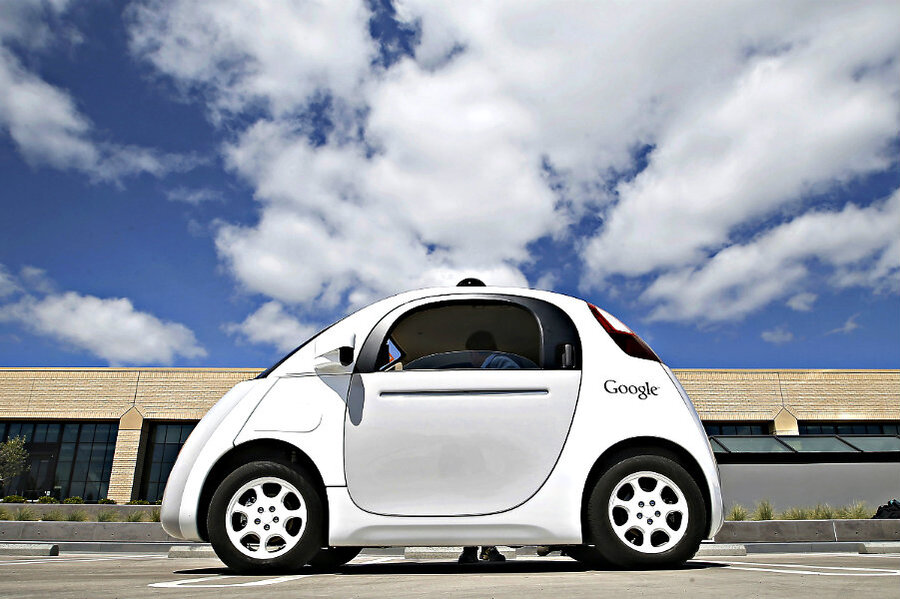No plug? Why is Google working on wireless charging for cars
Loading...
Google is working on wireless charging for its already driverless cars, according to recent reports.
IEEE Spectrum revealed that Google’s parent company, Alphabet, filed documents at the US Federal Communication Commission that suggest Google is working towards plugless charging for its cars.
A year ago this month, the first wireless charging station was installed at Google’s Mountain View, Calif., campus by a start-up called HEVO. In July, another start-up named Momentum Dynamics installed a similar station at Google’s mysterious X location.
Google is also testing chargers produced by Momentum Dynamics at its Mountain View campus, as well as at the Castle Commerce Center in Atwater, Calif.
Currently, the wireless chargers are prototypes. In its FCC documents, HEVO states that when its charger has been successfully tested in the Alpha (prototype) form, the company will be able to move towards commercializing the product.
Both of the prototype chargers produced by HEVO and Momentum Dynamics employ resonant magnetic induction to transfer power from charger to receiver. HEVO’s chargers are shaped like large hockey pucks, and can be embedded in pavement. Self driving cars with wireless receivers would merely need to be parked over the chargers to power up.
Wireless charging is not an entirely new idea. It is available now for certain electric car models through a company called Plugless Power.
It has also been available for certain smartphone users for even longer. Most phones that have the ability to charge wirelessly must be placed on a charging mat, similar to the way driverless cars must be parked over their chargers.
Samsung, Sony, and Google all have produced wireless charging smartphones, yet although about 75 percent of consumers are aware of the ability to charge their devices wirelessly, only 16 percent take advantage of the fact.
Why might wireless charging be more popular for driverless cars?
Driverless vehicles have been in the news lately, as consumers and producers debate safety and morality concerns. Yet for many, the prospect of an autonomous vehicle is alluring.
The Atlantic reported this fall that the proliferation of driverless cars could reduce vehicle related deaths by 90 percent. Driverless cars could also reduce energy consumption and emissions.
Driverless vehicles also lend mobility to elements of the population that normally might have restricted access to transportation. Without cables to connect, wireless charging could make travel even more attainable to elderly people and mobility challenged individuals.
Last December, Google’s self-driving car program director Chris Urmson wrote that the need for driverless transportation is pressing. He wrote, “We’ve heard from people with health conditions ranging from vision problems to multiple sclerosis to autism to epilepsy who are frustrated with their dependence on others for even simple errands.”
Manufacturers hope to eventually develop resonant magnetic induction technology to the point where cars will be able to charge as they drive. Not only would this enable cars to carry lighter batteries, but it would also increase travel ranges for electric cars. Currently, the inability to travel great distances between charging stations is one of the concerns electric car manufacturers must face.
Stanford University, South Korean bus manufacturers, and Highways England have all examined in-road wireless charging for electric vehicles. South Korea has actually put it into practice in a city called Gumi.







